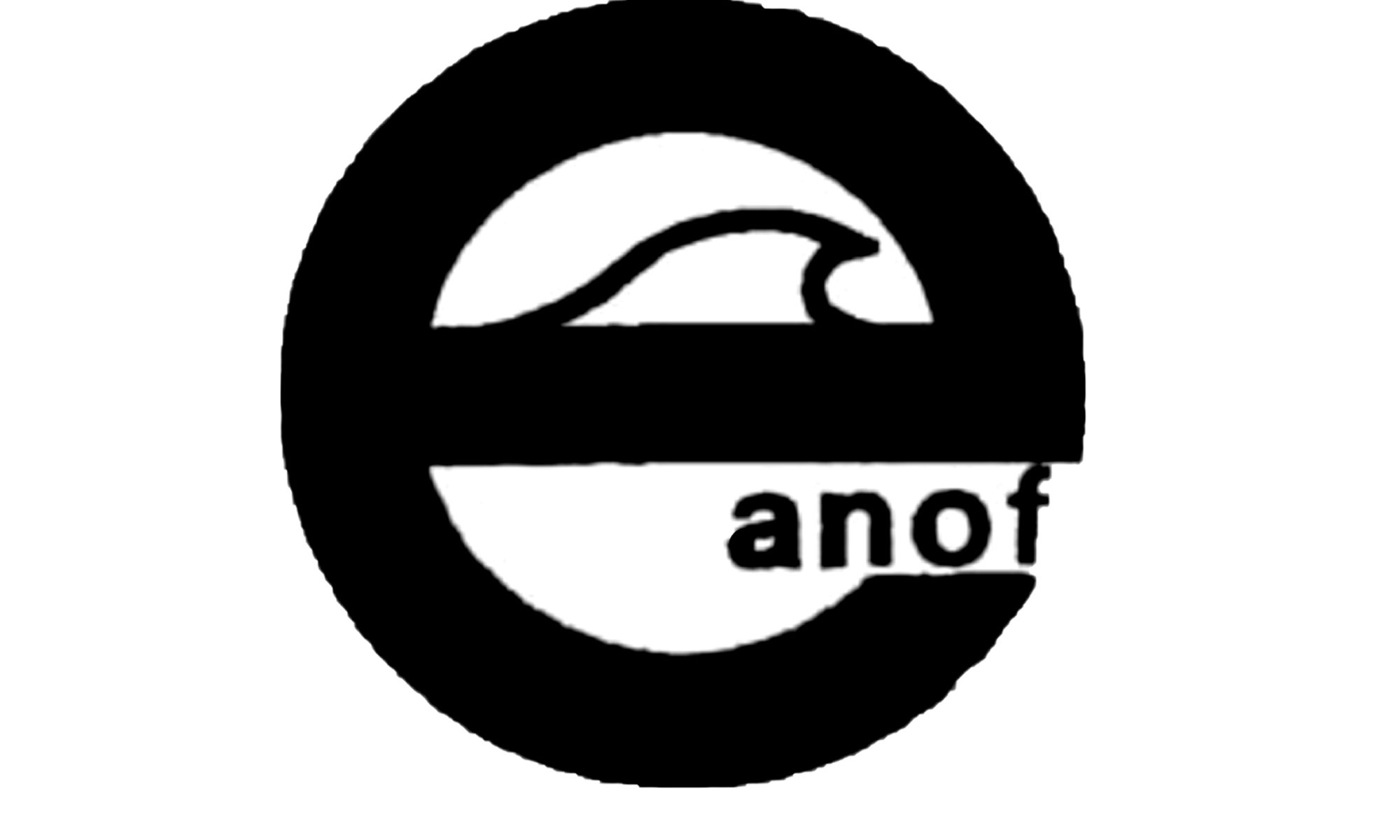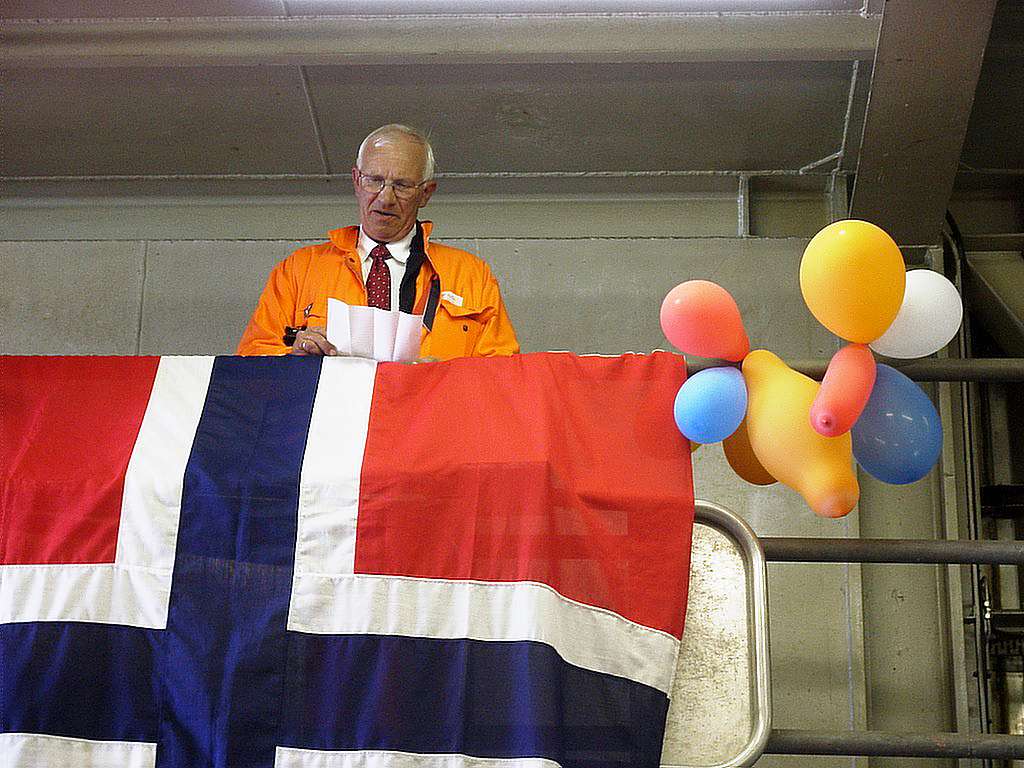The Eanof house union

While the latter recruited only personnel under the rank of supervisor, however, Eanof aimed to organise the whole offshore workforce. Frigg had far fewer employees than Ekofisk, so a broad recruitment policy was necessary to secure a basis for existence. Eanof had almost 100 per cent support among offshore workers by 1979.
Mobil employees on Statfjord A had also formed their own house union, the Statfjord Workers Union, in the autumn of 1976 – again on the Ekofisk model. The following year, these three associations joined forces in the Cooperating Committee for Operator Unions (OFS). This body placed great weight on being independent of the major blocs in Norway’s union movement – the Norwegian Confederation of Trade Unions (LO) and the Confederation of Vocational Unions (YS). The OFS did not join the YS until 1997.
The highest authority in Eanof was the annual meeting, which all members could attend. Then came the committee of elected officials, which comprised all the elected officers and could challenge executive committee decisions by demanding a secret written ballot. Comprising five members and two alternates, the executive committee held its first minuted meeting on 21 April 1977.
At its first annual meeting in December 1977, the union could report a membership of 130. It was decided that the object should be “to organise all employees in Elf Aquitaine Norge A/S who work offshore either full- or part-time”.

One long-standing member of Eanof is Finn Husberg, an operator on Frigg who took part from the start. He recounts that a meeting was called in 1977 at the offices in Dusavik. Everyone was invited to the canteen.
“Øystein Krovik and the Ekofisk Committee were already well established by then, and had received a lot of press coverage,” Husberg recalls. “The deal they had secured on pay and conditions was acceptable, so we copied it. At first, we were a house union on a par with the Ekofisk Committee. We adopted the name Eanof. The company changed its name several times afterwards, but we stuck with Eanof. The house union couldn’t change its name, but we racked our brains a lot the first time the company did so.”
The house union and the OFS had a good relationship with the Elf management, Husberg explains. “Under the French system, in particular, the management always had great understanding of the union. Solutions were always found. When the French side was there, I’d say things always went more easily. I feel it was easier to win acceptance for issues at that time than when the Norwegian management came into the company.”
He believes that this has something to do with French culture: “When the OFS resolved centrally that we should go on strike, we had to consider who would be chosen to down tools. The French executives were very willing to listen, and that was noticed. They undoubtedly brought this normalised attitude towards unions with them from their home country, where a different culture prevails in this area – particularly compared with US companies.”

The Elf and Frigg leadership were also satisfied over their cooperation with the union. Christian Hansen, who served for many years as an offshore installation manager (OIM) on Frigg, believes the collaboration with Eanof and the OFS was constructive. “One example was that we could write agreements at four in the morning after long discussions where both sides had to give and take – at times fairly vocally – but always with mutual respect. We were, for instance, the first to reject carcinogenic isocyanide coatings. Such decisions were reached in cooperation with the unions.”
Elf experienced major changes during the time when Frigg was in operation. Husberg feels that the union deserves much of the credit for the smooth way in which these reorganisations were implemented.
“Elf has been through four major restructurings, from 1 300 people in the 1980s to roughly 280 by 2005. These were formidable fluctuations. What I’m happiest about, when we in the union can truly claim to have been heroes, was our achievement in managing to get 60-70 Elf personnel transferred to Hydro when the latter took over the Heimdal operatorship. We’ve had able leaders who maintained a fine balance. We’ve won and lost, and behaved in a correct manner. There’s been a good dialogue. I can only boast that there have always been – and still are – key people from Total’s top management who’ve maintained good contacts with the union. Even the smallest redeployment, reorganisation or plan for the company has been discussed. There’s been full openness, and we’ve had evening meetings in restaurants where problems were raised and discussed, and fine solutions found. Mutual respect has been crucial in reaching such settlements. Both sides were able to live with the solutions we came up with.”
